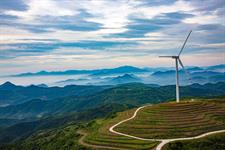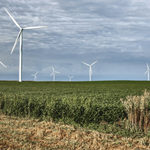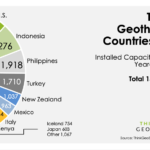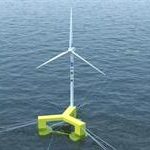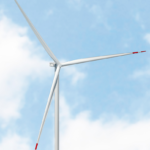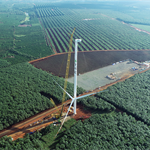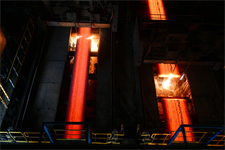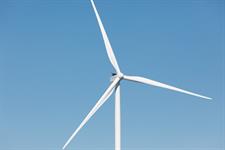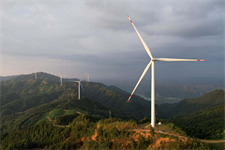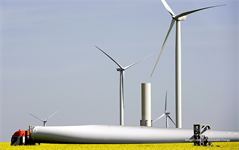Windey becomes one of China’s top three turbine makers in 2021 – BloombergNEF
Energy Disrupter
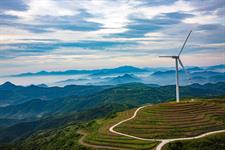
Windey has jumped up two places to become one of the top three Chinese wind turbine manufacturers, in a year that saw newly installed capacity in China in 2021 exceed 50GW for the second year running.
The high installation rates came despite inflation of global commodity prices and “supply chain chaos” last year, according to analysts BloombergNEF.
At 55.8GW, new domestic capacity was just 2GW lower than in 2020, China’s peak year so far.
The figures, which come from BloombergNEF’s China’s Top 10 Wind Turbine Manufacturers in 2021 report, include turbines that are installed, but not necessarily connected to the grid, and also include partially installed wind farms as well as fully installed projects. It only includes projects independently verified by BloombergNEF and its data are reviewed by the companies involved.
Windey nearly doubled its installation rate in 2021, jumping from 4GW of capacity in 2020 to 7.6GW.
It was slightly ahead of MingYang in fourth place, which also pushed up its new projects from 5.6GW in 2020 to 7.5GW in 2021.
The two largest companies retained the top spots, but both saw total new projects decline, compared to the previous year.
Goldwind installed 11.38GW, down from 12.33GW in 2020, and took a 20% market share.
Envision installed 7.81GW, down from 10.07GW in 2020, for a 14% market share.
Windey doubled its market share over the year, up from 7% to 14%.
| Manufacturer | Capacity (GW) | Market share (%) |
| Goldwind | 11.38 | 20 |
| Envision | 7.81 | 14 |
| Windey | 7.64 | 14 |
| MingYang | 7.53 | 14 |
| Shanghai Electric | 5.18 | 9 |
| Dongfang Electric | 3.31 | 6 |
| CSSC Haizhuang | 3.27 | 6 |
| Sany | 3.25 | 6 |
| CRRC | 3.00 | 5 |
| Guodian United Power | 1.52 | 3 |
| Other | 1.88 | 3 |
| Total | 55.78 | 100 |
The biggest three companies increased their market share from 47% last year to take 57% of the onshore wind market, signalling fierce competition. Eight other Chinese companies could each only claim between 3% and 9% in 2021.
Three foreign companies were active in 2021 but together they represented just 3% of the onshore market and none made a mark offshore.
They were Siemens Gamesa (561MW), Vestas (552MW) and GE (112MW).
Siemens Gamesa was the only one of the three not to see its market share fall, but BloombergNEF nevertheless suggested it had now discontinued sales in China due to mounting cost pressures.
The outlook for foreign companies in China would remain “challenging” it said because prices were diverging as Chinese prices continued to fall.
Fierce competition offshore
Windey’s expansion may have been helped by its tight focus on onshore wind – it overtook Envision to gain second place in that market.
Meanwhile Mingyang is pushing for the top spot offshore. Although it fell one spot to fourth place overall, it also grew its market share, up from 10% to 14%, and it grew its share of the offshore wind market. With a market share growth of 22% to 27%, it is now at second place offshore in a more concentrated market and just two percentage points short of the market leader, Shanghai Electric.
Offshore, 87% of the market in 2021 belonged to just four players – Goldwind (17%), Mingyang (27%), Shanghai Electric (29%) and CSSC Haizhung 15%). In contrast, the latter two companies are small players onshore, with just 3% market share each.
China more than doubled its entire offshore wind capacity during 2021, adding 14.4GW in the year. Bloomberg put that boom down to a dash to beat a looming end to offshore wind subsidies.
Onshore wind had already passed through a similar change: 2020 was the boom year for onshore commissioning, as developers raced to beat a scheduled loss of subsidies. That was the reason commissioning rates onshore dropped by 23% from its peak in 2020, to 41.6GW in 2021, Bloomberg said.

